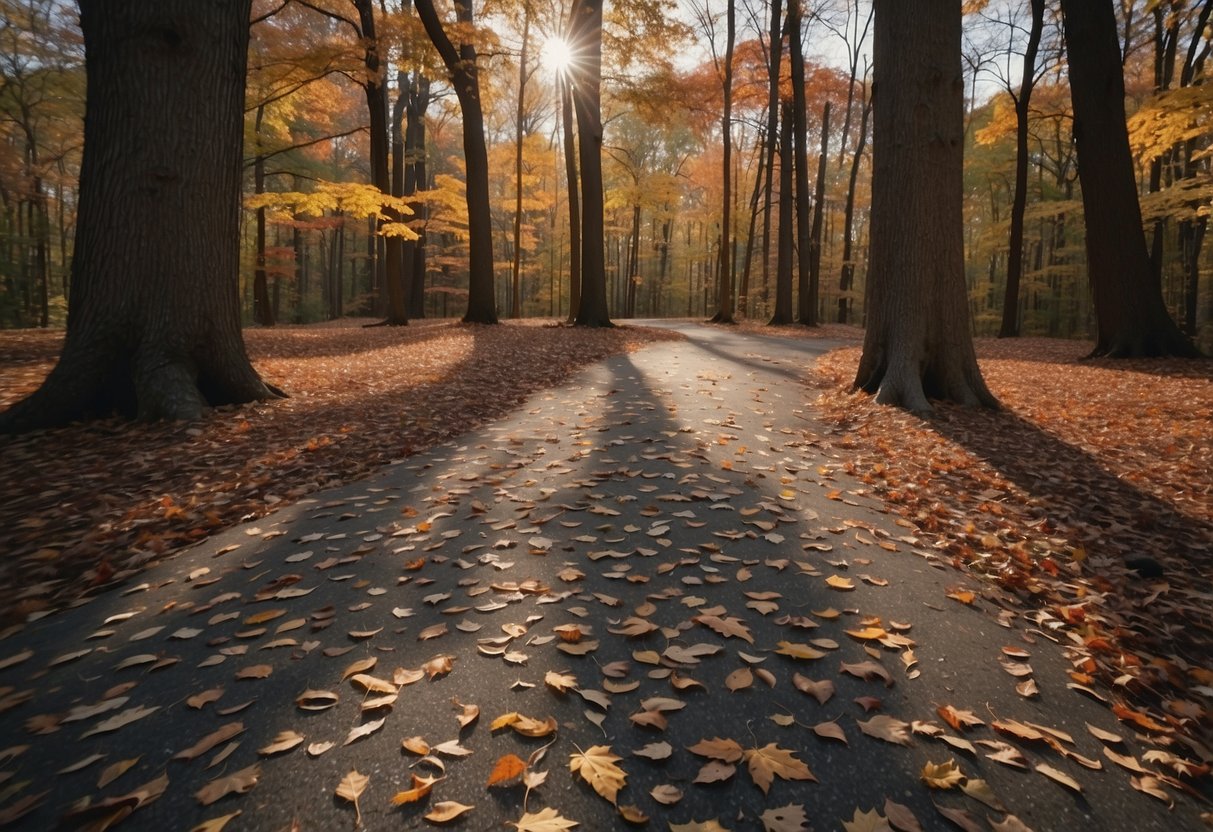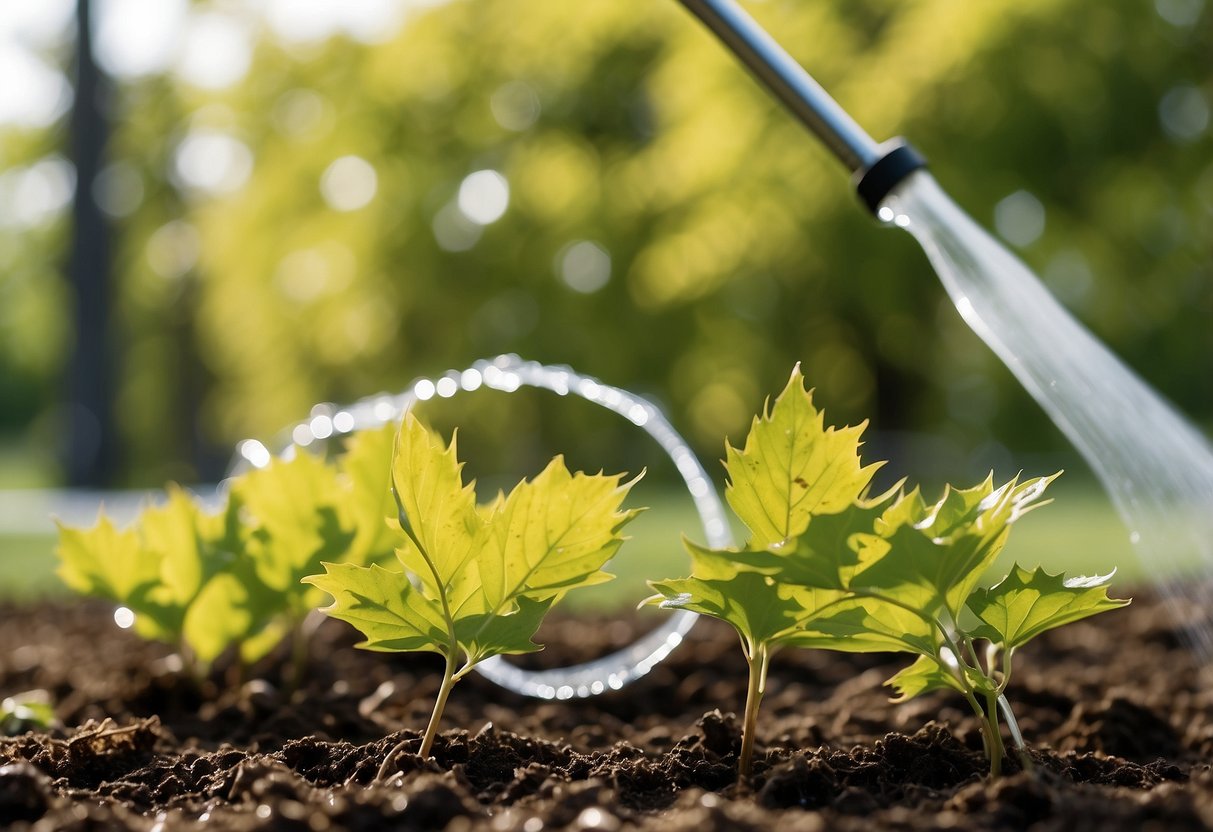Types of Maple Trees in Illinois: A Guide to Identifying Different Species
Illinois is home to a diverse range of maple trees that add natural beauty to the state’s landscape. Maple trees are known for their stunning fall colors and are a popular choice for landscaping. In Illinois, there are six types of maple trees, including both native and non-native species.

The Silver Maple is a fast-growing tree that is native to parts of central and eastern North America and is commonly found in Illinois. Its fast growth rate makes it suitable as a shade tree, and its leaves turn a beautiful yellow color in the fall. The Red Maple is another popular variety of maple tree that is found in Illinois, and it is known for its vibrant red foliage in the fall.
In addition to these two varieties, Illinois is also home to the Sugar Maple, which is known for its stunning fall colors and is a popular choice for landscaping. Other types of maple trees found in Illinois include the Japanese Maple, Norway Maple, and Freeman Maple. Each of these varieties has unique characteristics that make them stand out and add to the natural beauty of Illinois.
Common Maple Tree Species in Illinois
Illinois is home to several species of maple trees, each with its unique characteristics. In this section, we will discuss three of the most common maple tree species in Illinois: Red Maple, Sugar Maple, and Silver Maple.
Red Maple (Acer Rubrum)
Red Maple, also known as Acer Rubrum, is a fast-growing tree that can reach a height of up to 60 feet. It is known for its brilliant red foliage in the fall, which makes it a popular ornamental tree. The leaves of the Red Maple are three to five-lobed, and their shape can vary from oval to triangular. The bark of the Red Maple is smooth and gray when young, but it becomes rough and scaly as the tree matures. Red Maple is a popular tree for syrup production, but it produces less sap than Sugar Maple.
Sugar Maple (Acer Saccharum)
Sugar Maple, also known as Acer Saccharum, is an iconic tree that is widely recognized for its beautiful fall foliage. It is a slow-growing tree that can reach a height of up to 100 feet and can live for over 200 years. The leaves of the Sugar Maple are five-lobed and have a characteristic U-shape. The bark of the Sugar Maple is gray and smooth when young, but it becomes rough and furrowed as the tree matures. Sugar Maple is the most common tree used for syrup production due to its high sugar content.
Silver Maple (Acer Saccharinum)
Silver Maple, also known as Acer Saccharinum, is a fast-growing tree that can reach a height of up to 100 feet. It is known for its silvery-white undersides of the leaves, which shimmer in the wind. The leaves of the Silver Maple are deeply lobed, and their shape can vary from three to five-lobed. The bark of the Silver Maple is gray and smooth when young, but it becomes rough and furrowed as the tree matures. Silver Maple is not commonly used for syrup production due to its low sugar content.
In conclusion, Red Maple, Sugar Maple, and Silver Maple are three of the most common maple tree species in Illinois. Each tree has its unique characteristics, including height, growth rate, leaves, bark, and fall color. Red Maple is known for its fast growth and red foliage, while Sugar Maple is known for its slow growth and high sugar content. Silver Maple is known for its shimmering leaves and fast growth.
Cultivation and Care of Maple Trees

Planting and Growth Conditions
Maple trees thrive in well-drained soil that is moist and slightly acidic. They grow best in full sun but can also tolerate partial shade. It is important to plant them in an area that is protected from strong winds and drought conditions.
When planting a maple tree, it is important to dig a hole that is twice as wide as the root ball and just as deep. The tree should be planted at the same depth as it was in the pot, and the soil should be gently packed around the roots. Water the tree thoroughly after planting and continue to water it regularly until it is established.
Common Pests and Diseases
Maple trees are susceptible to a variety of pests and diseases. Anthracnose is a fungal disease that can cause leaf spots and defoliation. Verticillium wilt is a soil-borne disease that can cause wilting and yellowing of leaves. Scorch is a condition that causes leaf margins to turn brown and crispy. Chlorosis is a condition that causes yellowing of leaves due to a lack of nutrients.
To prevent these diseases, it is important to keep the tree healthy by providing it with proper care. This includes regular pruning to remove dead or diseased branches, watering during drought conditions, and fertilizing as needed.
Maple trees can also be susceptible to invasive species such as the Asian long-horned beetle. It is important to monitor the tree for signs of infestation and take action if necessary.
In summary, maple trees require well-drained soil, regular watering, and protection from extreme weather conditions. Proper care and maintenance can help prevent pests and diseases and keep the tree healthy for years to come.


